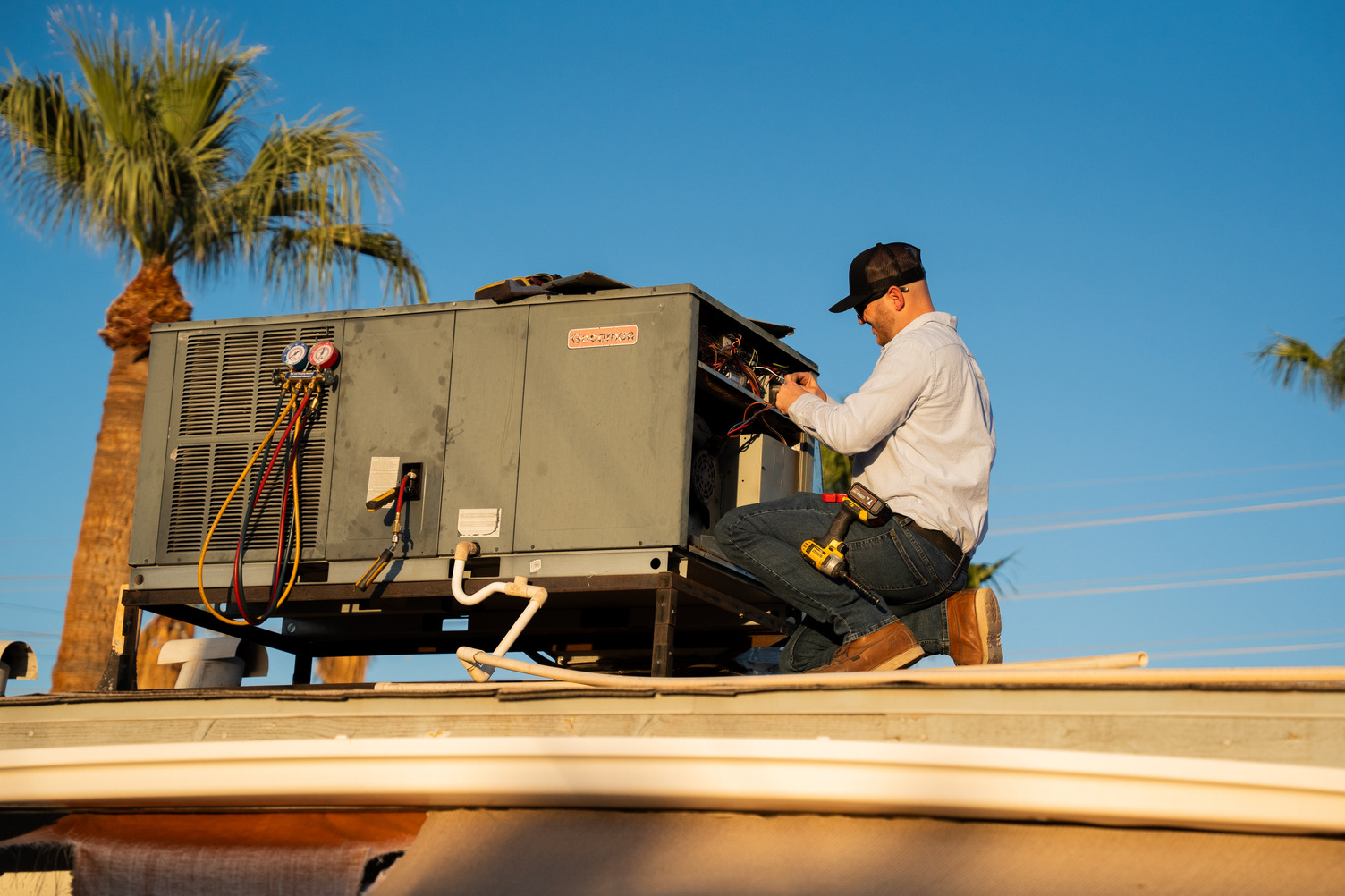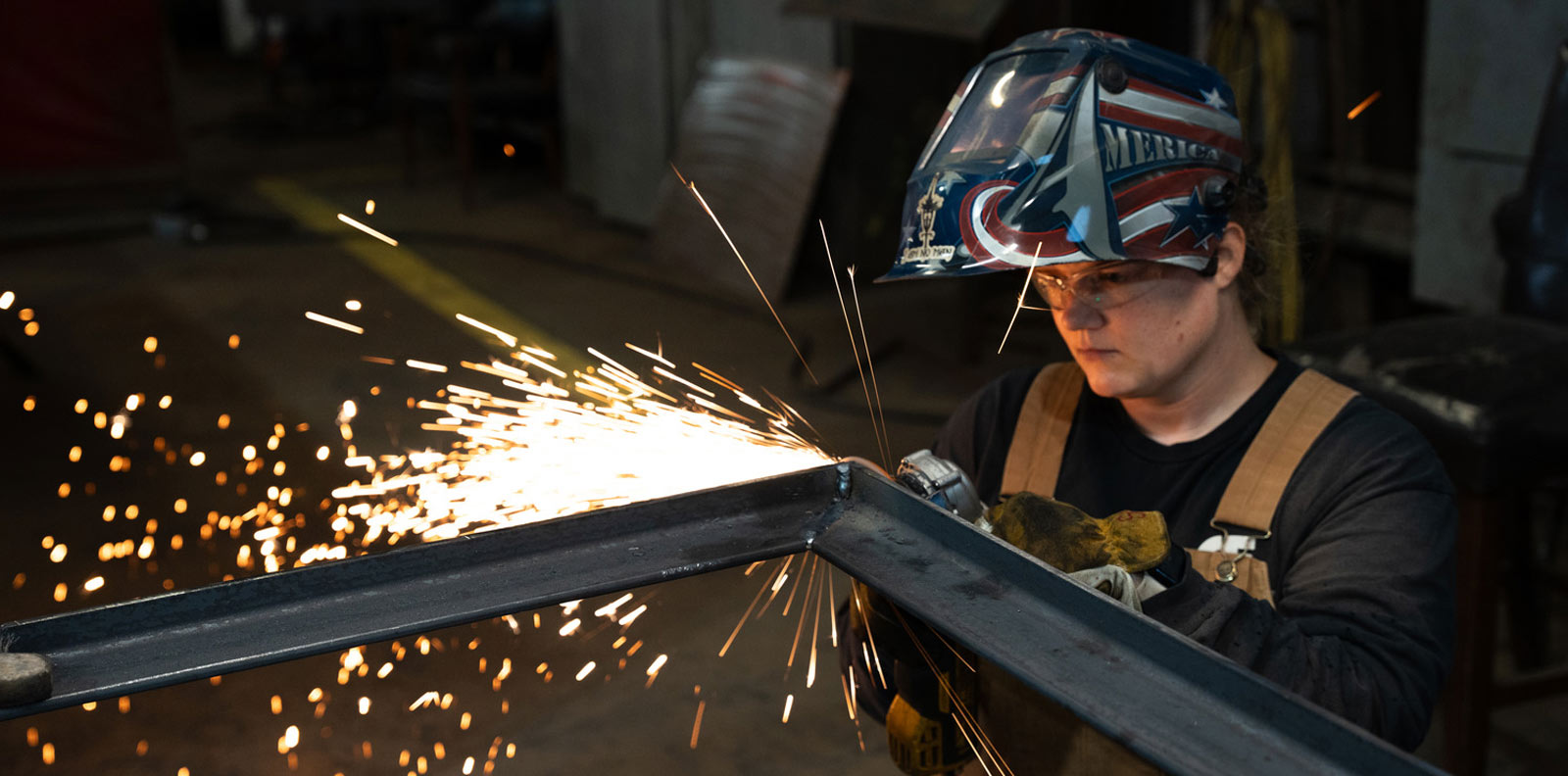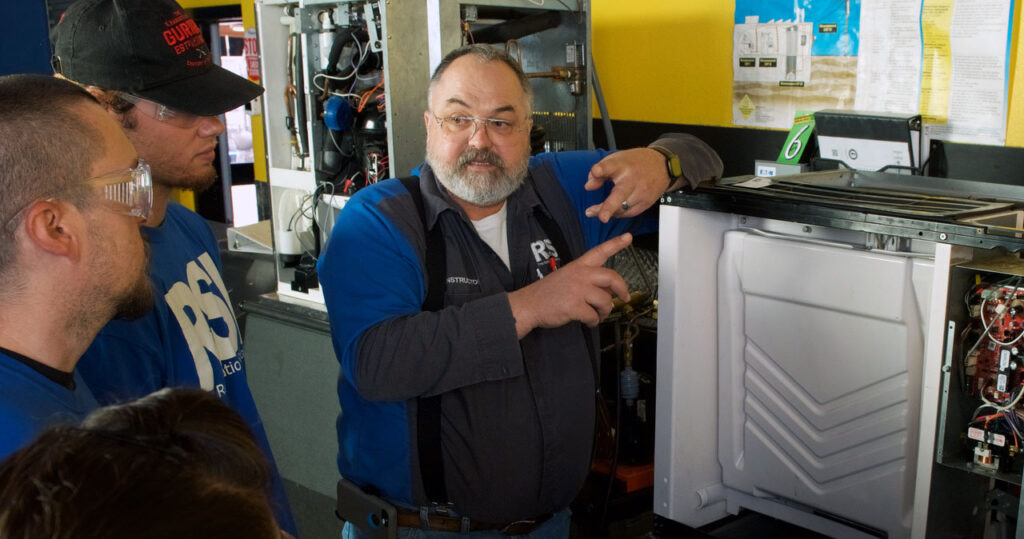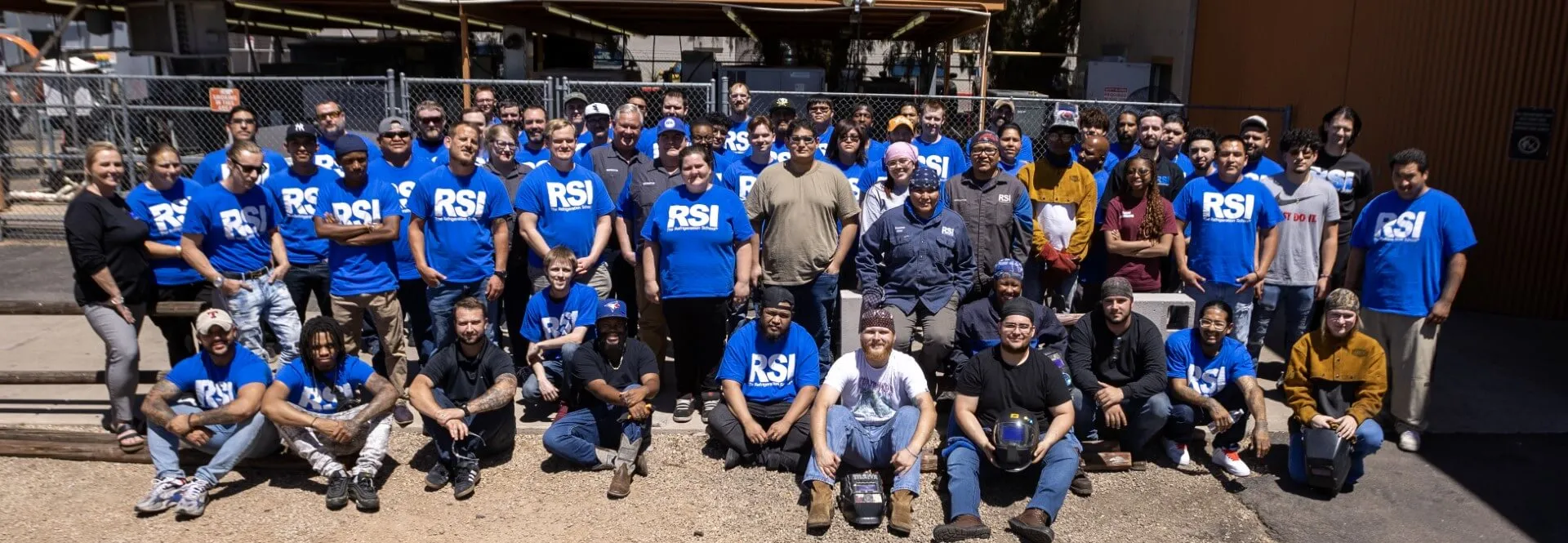RSI is a Great Training Option for Everyone
Learn more about how we can prepare you to advance your career.
Innovations in HVAC ductwork are steadily reshaping the industry. New materials and advanced designs are cost effective, improve efficiency, indoor air quality, and installation speed. Among the most impactful trends are the use of aerogel insulation panels, antimicrobial and self‑cleaning coatings, fabric ducts, fiberglass reinforced plastic (FRP) ducts, and pre‑insulated phenolic ductwork. These modern choices help reduce leaks, control contamination, lower energy use, and simplify installation in commercial and residential settings.
Aerogel Insulation Panels
Aerogel is an ultra-light, highly porous material with excellent thermal resistance. Panels made from aerogel add significant insulation value without increasing duct thickness. They prevent condensation and heat loss even in tight spaces. Ideal for energy-conscious buildings, these panels maintain temperature consistency over long duct runs and tight bends.
Antimicrobial and Self‑Cleaning Coatings
These advanced coatings safeguard duct interiors from microbes, mold, and biofilm. Applied to metal or plastic ducts, they inhibit bacterial growth and reduce maintenance needs. Self-cleaning variants use catalysts or UV-activated surfaces to break down organic residue automatically. They are especially useful in hospitals, schools, and food processing areas where hygiene is a top priority.
Fabric Ducts
Also known as textile air dispersion systems, fabric ducts are flexible tubes made from porous or microperforated fabric. They distribute air evenly along their length, not just at vents. Aside from faster, lighter installations, fabric ducts reduce noise, resist condensation, and can be washed and sanitized. They are available in various shapes, sizes, and colors, making them popular in gyms, offices, and clean-room environments
Popular Commercial HVAC Applications
Fabric duct systems are widely used in environments where airflow quality, aesthetics, and cost control are priorities. Retailers such as Target and Walmart use them to improve air circulation while matching store designs, reporting energy savings up to 25 percent. Major gym chains like LA Fitness rely on them for uniform airflow, reduced echo, and moisture resistance. In office buildings, companies like Google and Apple favor fabric ducts for their quiet operation and visual integration with modern architecture. Food processing plants such as those run by Tyson Foods benefit from their washability, antimicrobial options, and low-maintenance design, helping meet sanitation requirements while minimizing downtime.
Get Started on the Path to a New Career
Fill out our form to learn how we can help you change your life.
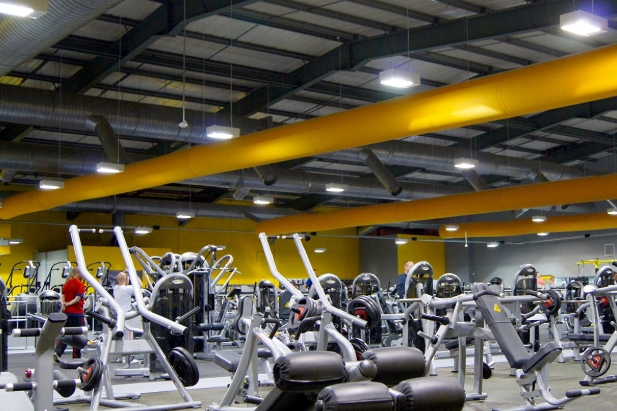
Fiberglass Reinforced Plastic (FRP) Ducts
FRP ducts combine woven fiberglass with resin coatings to create a non-corrosive, lightweight duct system. They resist chemicals, moisture, and corrosion—ideal for industrial or coastal facilities. These ducts also offer smooth airflow and minimal microbial growth. FRP is often chosen for harsh environments like chemical plants or marine HVAC systems.
Pre‑Insulated Phenolic Ductwork
Phenolic duct panels consist of rigid foam insulation laminated with metal or plastic skins. These panels are factory-made with sealed joints and thermal insulation built in. Installation requires less sealing labor compared to traditional sheet metal. Phenolic ducts offer strong thermal performance, reduce condensation, and cut installation time. They’re often selected for long duct runs in schools, offices, and hotels.
How RSI Prepares Students for the Future of HVAC
The HVAC industry is moving toward smarter, cleaner, and more efficient duct systems. To work with these materials, technicians need hands-on experience, material knowledge, and up-to-date installation practices.
The 7-month Refrigeration Technologies program at Refrigeration School, Inc. (RSI) in Phoenix offers a strong technical foundation. You’ll work with real-world HVAC systems and learn current industry standards. Training includes skills in airflow theory, insulation practices, HVAC piping, and cleanliness protocols needed for modern ductwork installations.
RSI’s lab-based curriculum lets students gain experience installing and servicing ducts with advanced insulation, coatings, or fabric materials. Graduates leave ready to address jobsite challenges, from fitting aerogel panels to specifying antimicrobial finishes.
As the industry introduces advanced ductwork options, technicians with updated training will be in demand. RSI graduates can enter the workforce ready to handle modern HVAC projects and contribute to cleaner, safer building environments.
To learn more about enrollment in RSI’s HVAC/R program, other program options, or class schedules, contact us today or call 1-855-935-0486 today.
